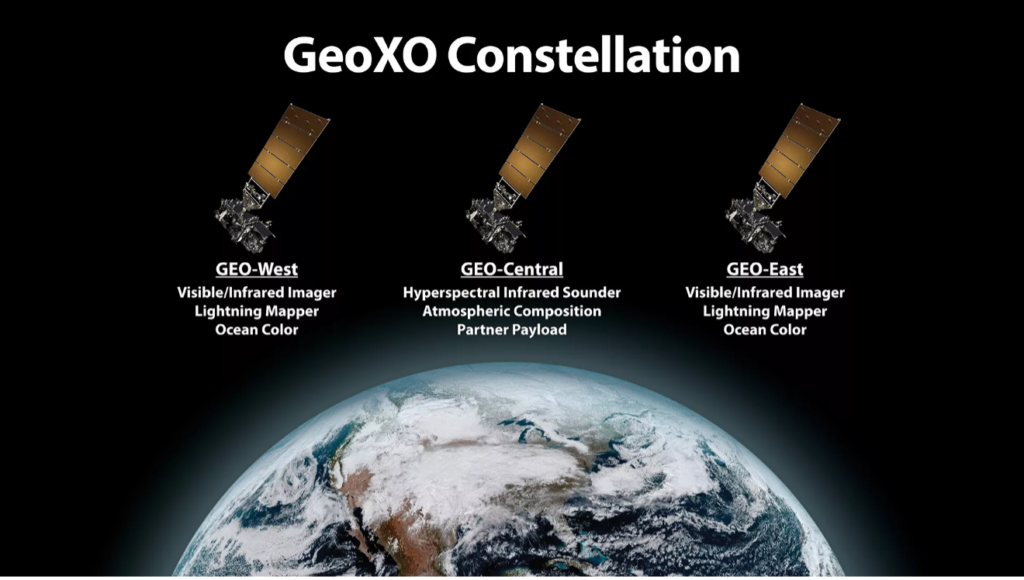US space agency NASA has selected two firms to undertake the Phase A Study for the ‘Lightning Mapper’ instrument used as part of NOAA’s Geostationary Extended Observations (GeoXO) program.
The firms selected for the study are Northrop Grumman and Lockheed Martin, with work being conducted at each of the contractor’s facilities. The total value of each 20-month contract is approximately US$5m.
The principal purpose of the contracts is to provide a definition-phase study of a GeoXO LMX instrument. The LMX instrument will be a single-channel, near-infrared optical detector used to detect, locate and measure the optical pulses associated with lightning. It is planned to fly on the NOAA GeoXO series of geostationary satellites.
NOAA’s GeoXO satellite system will advance Earth observations from geostationary orbit, supplying vital information to address major environmental challenges of the future in support of weather, ocean and climate operations in the USA. The GeoXO mission will continue and expand observations provided by the GOES-R series of satellites, with launches set to take place by the early 2030s, as the GOES-R Series nears the end of its operational lifetime.
The GeoXO mission is a collaborative partnership between NOAA and NASA. NOAA funds, operates, and manages the mission and NASA’s Goddard Space Flight Center in Greenbelt, Maryland, manages the acquisition of the Phase A Formulation contracts.



